Rice, a dietary staple for billions worldwide, is celebrated for its versatility, affordability, and long shelf life. Yet, questions persist about how long this grain can be stored before it becomes unsafe to consume. The answer hinges on multiple factors, including rice type, storage conditions, and signs of spoilage. This article delves into the science of rice preservation, the risks of consuming expired rice, and actionable tips to maximize its longevity while ensuring food safety.
Understanding Rice Types and Their Inherent Shelf Lives
Rice varieties differ significantly in composition, directly impacting their storage durability. White rice, which undergoes milling to remove the bran and germ, has a notably longer shelf life compared to its unprocessed counterparts. The absence of oil-rich components like the germ (found in brown rice) reduces the likelihood of rancidity, a common spoilage mechanism. When stored in optimal conditions—cool, dry, and airtight—white rice can remain edible for up to 4–5 years, and in some cases, even longer. However, this estimate assumes the rice is uncooked and free from contaminants.
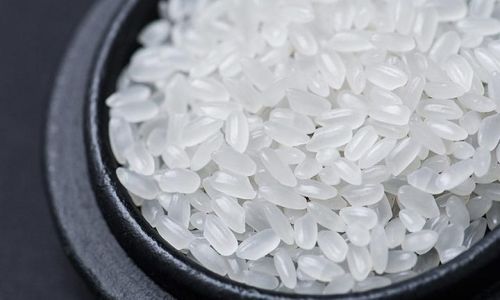
Brown rice, by contrast, has a shorter lifespan due to the presence of the bran layer. This layer, while nutrient-dense, contains unsaturated fats that oxidize over time, leading to a bitter taste, off-odors, and texture changes. Under ideal storage, brown rice typically lasts 6–8 months before quality declines, though it may remain technically safe to eat for slightly longer if spoilage signs are absent.
Wild rice, jasmine rice, basmati rice, and other specialty varieties fall between these extremes, with shelf lives generally aligning with white rice due to similar processing methods. However, aromatic rices may lose their fragrance faster, affecting culinary appeal even if safety isn’t compromised.
Storage Conditions: The Key to Prolonging Freshness
The adage “store it right, store it long” rings particularly true for rice. Proper storage mitigates the three primary enemies of grain preservation: moisture, oxygen, and heat.
-
Moisture Control: Rice is hygroscopic, meaning it absorbs moisture from the air. Even small amounts of humidity can create microenvironments conducive to mold growth or bacterial proliferation. To counter this, store rice in airtight containers—glass jars with rubber seals, mylar bags, or heavy-duty plastic containers—to prevent moisture infiltration.
-
Temperature Regulation: Heat accelerates chemical reactions, including oxidation and enzymatic breakdown. Ideal storage temperatures hover between 40°F (4°C) and 70°F (21°C). While refrigeration isn’t mandatory for dry rice, freezing can extend shelf life by slowing degradation processes. However, avoid repeated temperature fluctuations, as condensation can introduce moisture.

-
Oxygen Exclusion: Oxidation contributes to rancidity in brown rice and degrades quality in white rice. Vacuum-sealed packaging or containers with oxygen absorbers (iron-based packets that remove residual oxygen) can dramatically extend shelf life by minimizing this process.
-
Light Exposure: Ultraviolet rays from sunlight or fluorescent lighting can degrade rice quality over time. Opaque containers or storage in dark pantries mitigate this risk.
Signs of Spoilage: When to Discard Rice
Determining whether rice has spoiled requires a multisensory assessment. While expired rice doesn’t always exhibit visible mold (unlike bread or fruits), subtle cues indicate deterioration:
- Odor: Rancid rice emits a paint-like, sour, or “off” smell, particularly in brown rice, due to lipid oxidation.
- Texture Changes: Spoiled rice may feel unusually brittle, clumpy, or excessively dry.
- Discoloration: Fading, yellowing, or dark spots suggest microbial activity or enzymatic browning.
- Insect Infestation: Weevils, moths, or mites can infiltrate improperly sealed containers, leaving webs, larvae, or powdery residue.
Cooked Rice poses additional risks. Bacillus cereus, a spore-forming bacterium, can survive cooking and multiply at room temperature, causing nausea, vomiting, or diarrhea. The FDA advises refrigerating cooked rice within 2 hours of preparation and consuming it within 4 days. Reheating to 165°F (74°C) can kill bacteria, but prolonged storage increases risks.
The Science of Rice Degradation: What Happens Over Time?
Even in perfect storage, rice undergoes gradual changes:

- Starch Retrogradation: Over months or years, starch molecules in rice recrystallize, leading to harder, drier grains that require longer cooking times.
- Fatty Acid Oxidation: In brown rice, unsaturated fats break down into volatile compounds, creating bitter or “cardboard-like” flavors.
- Nutrient Loss: Vitamins (e.g., thiamine, niacin) and minerals (e.g., iron, magnesium) gradually degrade, particularly in refined white rice, which lacks protective bran layers.
- Pest Contamination: Eggs or larvae in stored rice can hatch under favorable conditions, necessitating regular inspections.
Extending Shelf Life: Advanced Techniques
For preppers, bulk buyers, or those seeking to minimize waste, advanced methods can extend rice storage:
- Oxygen Absorbers: Placing iron-based packets in sealed containers removes oxygen, inhibiting aerobic bacteria and oxidation.
- CO2 Flushing: Replacing air with carbon dioxide in sealed bags suppresses insect growth and microbial activity.
- Freezing: Freezing rice for 48 hours before long-term storage kills eggs or larvae, then transferring to airtight containers prevents reinfestation.
- Desiccants: Silica gel packets absorb residual moisture, though they must be food-safe and replaced periodically.
Debunking Myths: “Rice Lasts Forever”
A common misconception is that dry rice never spoils. While white rice can theoretically remain edible for decades under ideal conditions, quality inevitably declines. Flavor, aroma, and texture suffer, making older rice less palatable. Moreover, “best by” dates on commercial packaging reflect peak quality, not safety thresholds.
Cooked Rice Safety: A Unique Challenge
Unlike dry rice, cooked rice requires strict handling to prevent foodborne illness. Bacillus cereus thrives in starchy environments, producing toxins that heat-resistant spores can withstand boiling. To mitigate risks:
- Cool Rapidly: Divide large batches into shallow containers to accelerate cooling before refrigeration.
- Avoid “Danger Zone” Temps: Never leave cooked rice at 40°F (4°C) to 140°F (60°C) for over 2 hours.
- Reheat Thoroughly: Ensure internal temperatures reach 165°F (74°C) to eliminate pathogens.
Global Perspectives on Rice Storage
Cultural practices offer insights into rice preservation. In Asia, where humidity is high, households often use ceramic jars with tight-fitting lids or store rice in refrigerated units. In arid regions, simple cloth bags suffice, as low moisture limits spoilage. Modern innovations, such as vacuum-sealed rice dispensers with built-in oxygen absorbers, reflect evolving needs for convenience and longevity.
Economic and Environmental Impacts
Food waste from discarded rice has global ramifications. The FAO estimates that 3 billion tons of food are wasted annually, with grains like rice contributing to this figure. Proper storage reduces waste, conserves resources, and lowers household costs. Additionally, mycotoxin-producing molds (e.g., Aspergillus flavus) in improperly stored rice pose health risks, underscoring the economic and medical benefits of adherence to storage guidelines.

Conclusion: Balancing Prudence and Practicality
Rice’s longevity is a testament to its resilience, but it’s not immortal. White rice stored airtight in cool, dark conditions can safely last years, while brown rice requires more vigilant consumption within months. Cooked rice demands prompt refrigeration and careful reheating to avoid bacterial hazards. By understanding the interplay of rice type, storage science, and spoilage indicators, consumers can strike a balance between minimizing waste and safeguarding health. Whether stockpiling for emergencies or meal-prepping for the week, the principles outlined here ensure that this ancient grain remains a reliable, safe, and delicious part of the modern diet.
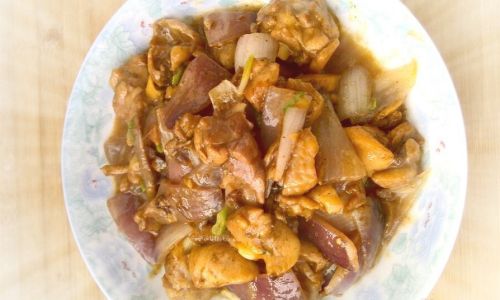


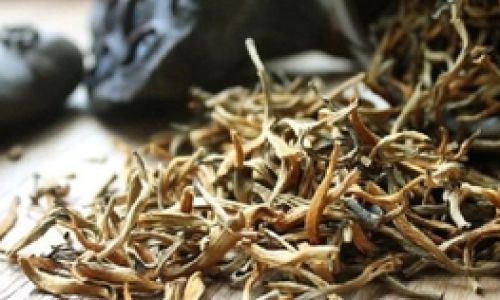
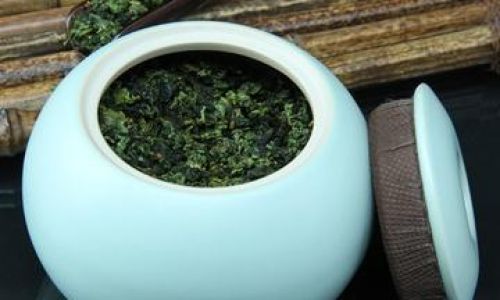
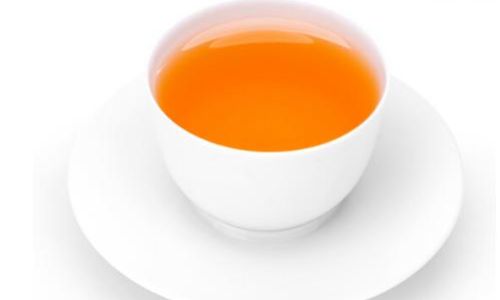
0 comments